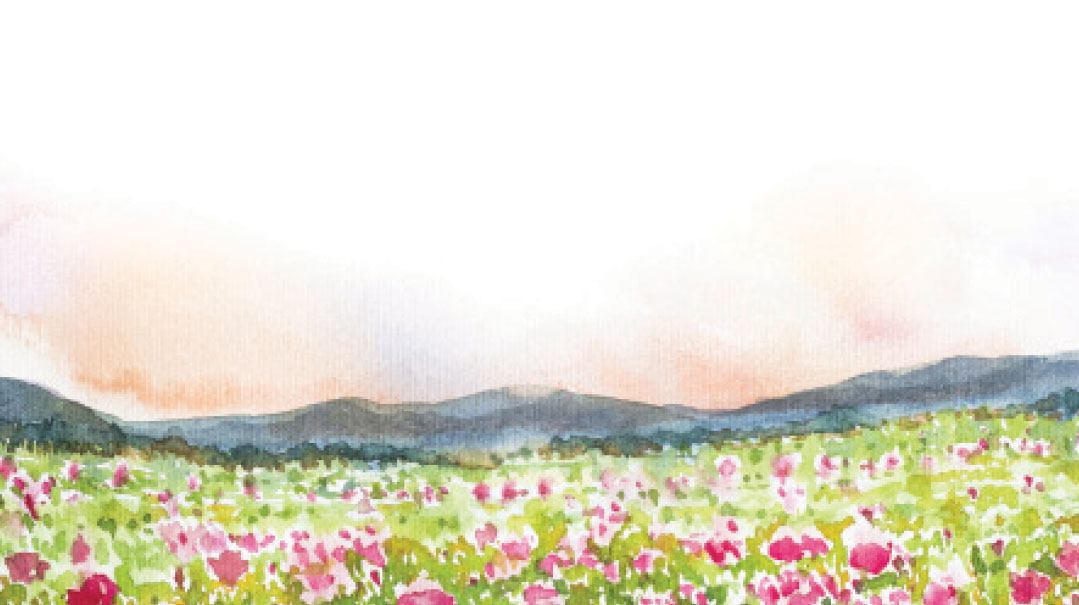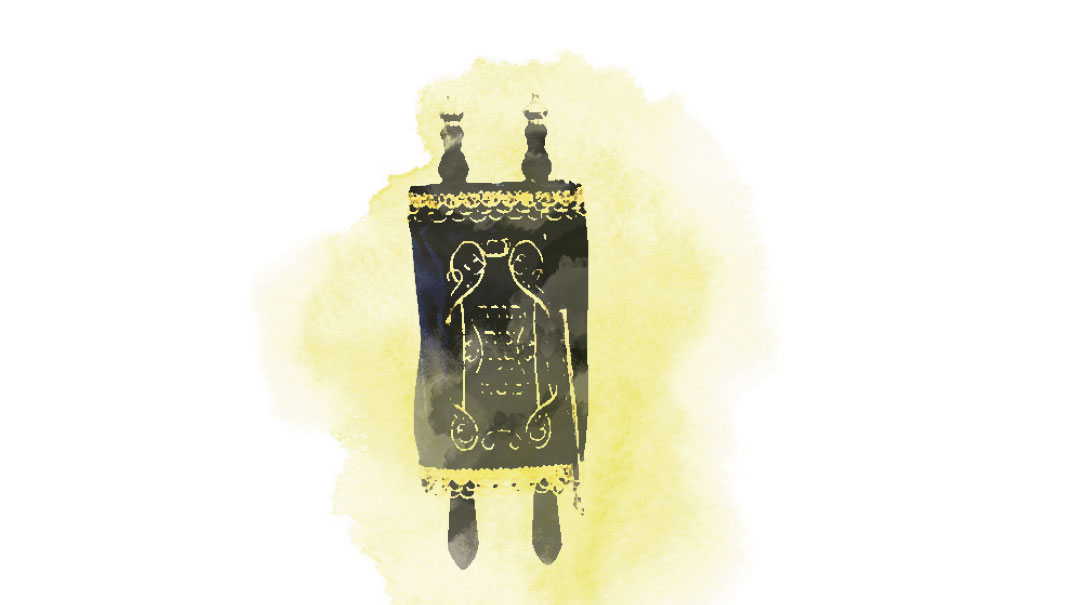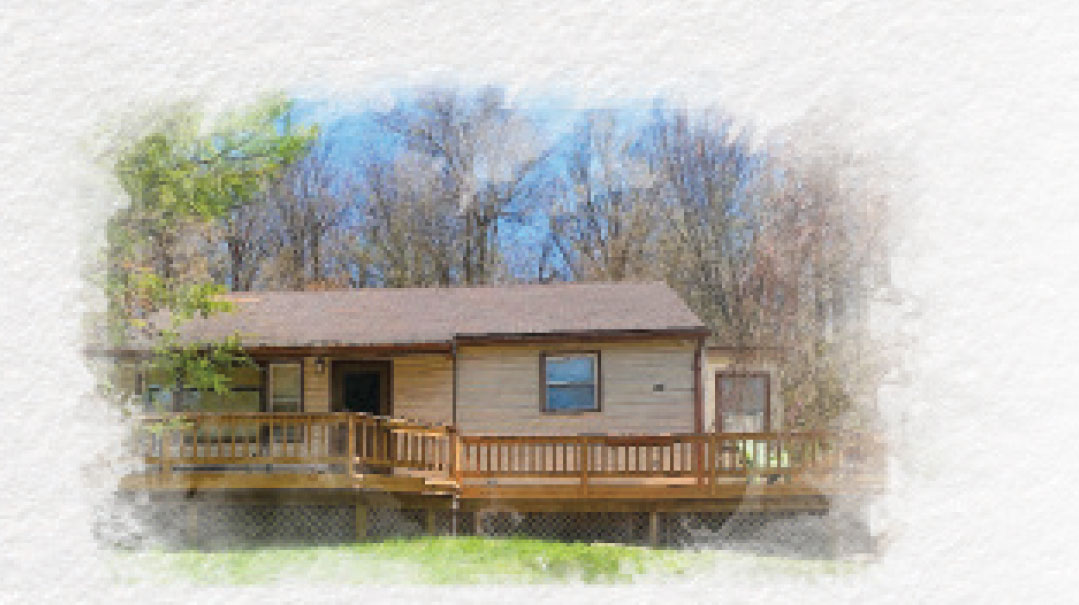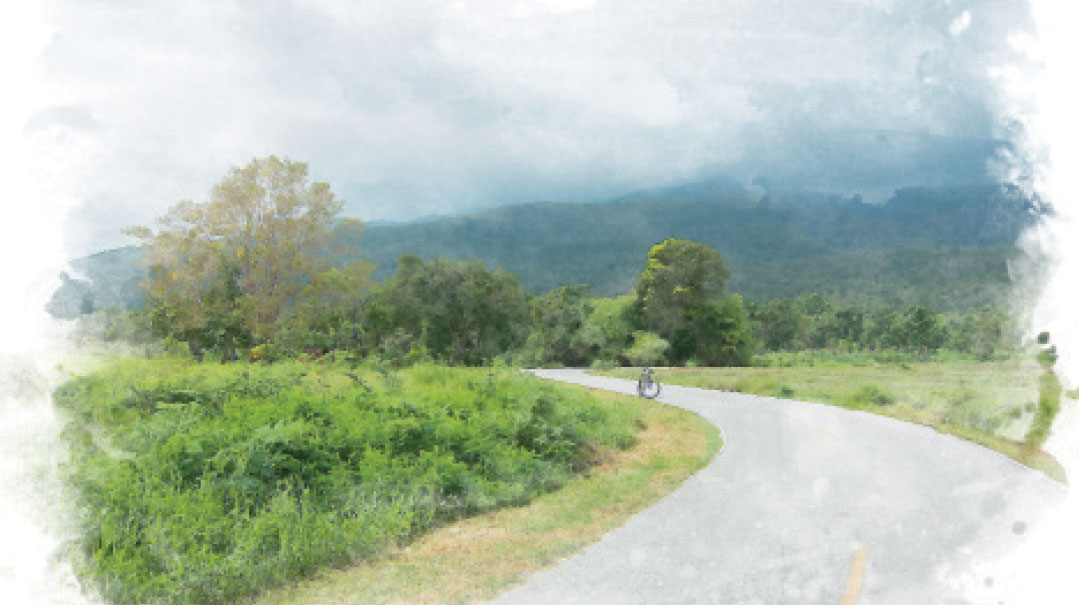The Unsolvable Riddle

When cabin fever hits, some of the most surprising excursions aren’t too far from your own backyard

As Israel went into lockdown after Purim, my world shrank. Gone were work trips to different corners of the country; Pesach with family overseas was canceled; and when the 100-meter rule came into force, the extent of my universe stretched two buildings in each direction.
The sheer restrictiveness of that Seder night under curfew was crystallized by some anonymous joker, in a play on words familiar to most Israeli schoolchildren learning Mah Nishtanah: “When Abba comes back from the beit knesset… he makes Kiddush right away” became a reference to the balcony, “When Abba comes back from the mirpesset…”
But then one day I’d had enough of being hemmed in. Armed with my Israeli press card, I headed out. I could have reported breathlessly from sealed-off Bnei Brak, goggled at the COVID wards mushrooming outside Jerusalem’s Shaare Zedek hospital or roamed the length and breadth of the land.
Instead, drawn by the spring fragrance wafting in from the countryside, I went for a series of long walks around Beit Shemesh’s perimeter.
Heading downhill out of Ramat Beit Shemesh Alef, I toiled up the steep ascent to the new Gimmel neighborhood and continued past it on the road that winds around the vast building site known, with bureaucratic blandness, as Daled, another town in the making.
It turned out to be far more than a walk past a building site. Because there, at the end of the perimeter road, lay a view of Jewish history.
In the soft dusk breeze, lights twinkled on the endless hills stretching out to Gush Etzion — and somewhere among them, Chevron. Immediately below was a famous valley. Emek HaElah, as local moshavniks will proudly tell you, is where Goliath met his match at the hands of a young shepherd, known to us as Dovid Hamelech.
On the next ridge was Tel Socho, where the Philistine army encamped to taunt King Shaul’s humiliated forces. The valley, noted by 19th century English explorers for its fertility, was now in full bloom after a rainy winter. The fields were cornflower yellow with bursts of poppy-red. The ruins of Tel Socho were carpeted with the purple lupine flowers that make it a landmark for nature-lovers.
“Ein tzayar k’Elokeinu — there is no artist like Hashem,” the Gemara says. But the roads were empty, the hiking trails were silent, and the display of beauty was unfolding with almost no one to witness it.
Over the next weeks, I was drawn back to that view again and again, first on foot and then, as the lockdown eased, by car. I went for relaxation, to think, and for phone conversations with friends locked down in Lakewood or Manchester.
But I realized that I was drawn by something else that the view represented. While most of humanity was sheltering indoors from the onslaught of a dreadful virus, outside in the vast world was an unwatched display of Hashem’s wonders.
When you observe the “soaring heavens and depths of the earth,” as the Chazon Ish wrote in his classic work on emunah, “the world appears like an unsolvable riddle.”
Davening Minchah underneath a towering mountain in England’s Peak District; driving across the lunar landscape of the Dead Sea; gazing down on the Alps from the air — that elusive sensation has come and gone sporadically over the years. But at the edge of Beit Shemesh under lockdown, I reconnected to that “unsolvable riddle.”
Weeks after Israel emerged into a new normal of masks, socially distanced shuls, and anxiously sending children back to school, I walked along the perimeter road again.
The lights twinkled over Chevron in the distance. The festival of spring flowers was gone from the Elah Valley below, but the cars were back.
And standing on the fault line between human frailty and Divine power, I was reminded of that precious sense of Hashem’s vast world.
(Originally featured in Mishpacha, Issue 816)
Oops! We could not locate your form.







